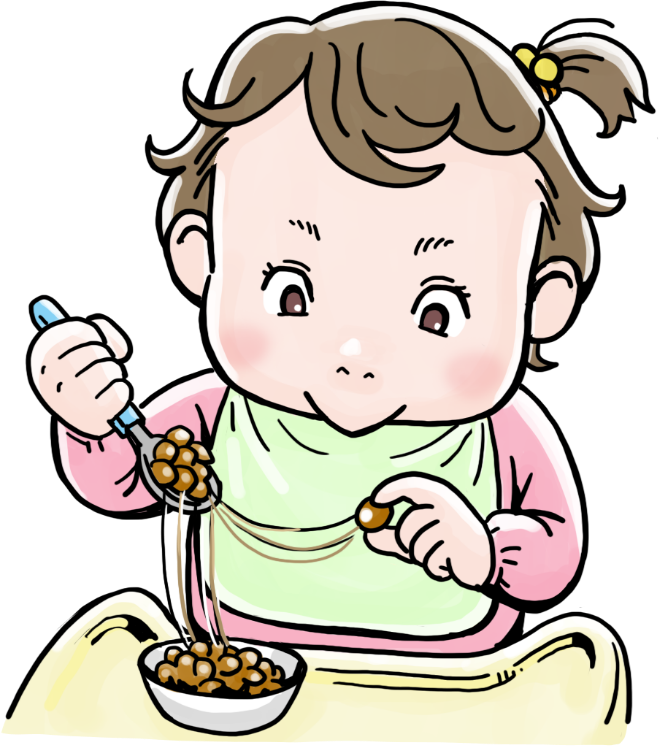Dietary fibers that are good for gut health
Natto bacillus: A key player in maintaining a healthy gut
Dietary fibers have been recognized as active ingredients that maintain the good condition of the stomach. They have been defined as "an aggregate of indigestible components in food that are not digested by people's digestive enzymes." Dietary fibers comprise a diverse array of components with various textures, some of which do and some of which do not dissolve in water.
Dietary fibers increase stool quantity and have been shown to be used by intestinal bacteria to regulate the environment in the large intestine, and even to increase the quantity of these bacteria.
The "Dietary Intake Standards for Japanese (2020 edition) " established by the Ministry of Health, Labor and Welfare set a recommended daily allowance (the quantity that should be ingested by modern Japanese as a near-term objective to prevent lifestyle-related diseases) of at least 21g and 18g of dietary fibers for men and women, respectively, between the ages of 18 and 64.
However, the quantity consumed by Japanese has been declining. In the most recent report, the average daily intake was estimated to be around 14g.
Need for dietary fibers and health / e-HealthNet (Ministry of Health, Labor and Welfare) (mhlw.go.jp)
Natto contains 6.7g of dietary fibers per 100g. As one individual serving package of natto contains around 45g, this works out to more than 3g of dietary fibers consumed per meal.
Incidentally, using the same per-100g measure to compare foods that are thought to contain large quantities of dietary fibers, konyaku slab contains 2.2g, raw sweet potato also contains 2.2g, raw cabbage contains 1.8g, and raw maitake mushrooms contain 3.5g. Boiled soybeans contain 8.5g, a higher dietary fiber content than natto, but it should be remembered that natto is more easily digestible than soybeans.




